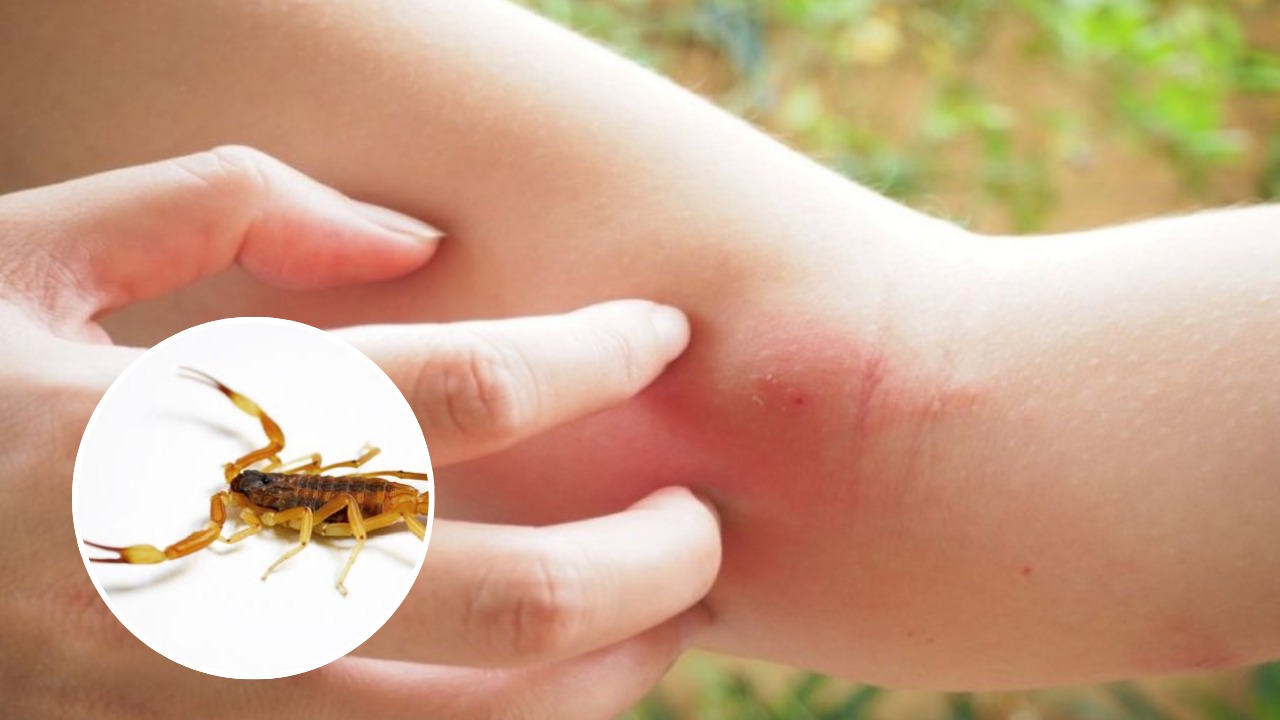Mexico — A five-year-old girl died on October 20 after being stung by a scorpion at a kindergarten in the state of Sonora, according to a report from its governor, Alfonso Durazo. This incident has reignited an alert that health authorities maintain is current: scorpion stings are a concrete risk in several zones of Mexico.
The Mexican Secretary of Health indicates there are at least 221 different species of scorpions in the country, of which only eight represent a high risk to humans. This article explores the states where these arachnids live, why stings occur, what protocol to follow in case of an accident, and how to protect oneself, all with a practical, humane, and attentive focus for families, educators, and households.
Where Do the Highest-Risk Scorpions Live in Mexico?
The Secretary of Health reports that in Mexico, between 250,000 and 300,000 cases of scorpion stings occur each year, with at least 40 deaths recorded in previous reports.
The most recent studies identify the following among the states with the highest incidence:
- Morelos
- Colima
- Nayarit
- Guerrero
- Jalisco
- Michoacán
These states stand out both for their warm climate and for the presence of scorpions of the genus Centruroides (family Buthidae) that have greater medical relevance.
Why Do So Many Stings Occur and Under What Circumstances?
Scorpions have nocturnal habits: they typically take refuge during the day in cracks, under stones, or inside houses, and come out at night to hunt. Some of the reasons they enter homes or residential areas include:
- The search for shelter in houses with fissures, gaps, or accumulated debris.
- A warm, dry environment that favors their survival, typical of mid-range or rural zones.
- The presence of their prey (insects) inside homes, which attracts them.
For these reasons, it is recommended to check clothing and footwear before using them, shake out bedsheets, avoid walking barefoot, and keep the surroundings clean.
What to Do in Case of a Scorpion Sting?
In the event of a sting, the key is to act quickly and calmly. Here is a protocol based on official sources:
Immediate Medical Attention
Intoxication from a scorpion sting (also called scorpionism) can generate mild or severe symptoms, even lethal ones, especially in children under five years of age.While Help Arrives
- Wash the area with water and mild soap to decrease the load of possible infections.
- Apply a local cold compress to relieve pain and inflammation.
- Keep the affected area slightly elevated.
- Avoid home remedies like tourniquets or dangerous applications that can worsen the condition.
At the Hospital
- The specific treatment is an antiscorpion serum (fabotherapeutic) that must be administered according to the technical data sheet.
- The species should be identified only if it is possible and safe; the most important thing is clinical attention.
- Monitor for signs of severity such as difficulty breathing, alterations in heart rhythm, persistent vomiting, or seizures.
Investigation and Follow-up
The case of the girl in Sonora is being handled by the State Attorney General's Office and departments of health and education, which highlights the importance of investigating serious accidents.
Prevention: Key Measures for Homes, Schools, and Communities
The good news is that many stings can be avoided with simple actions. Some strategic recommendations include:
- Sealing cracks, windows, and doors; installing mesh or grates on drains.
- Keeping patios clean, without piles of stones, firewood, trash, or accumulated objects that could serve as refuge.
- Shaking out clothing, footwear, sheets, and blankets before using them or sleeping.
- Using closed-toe shoes, long-sleeved clothing in risk zones.
- For schools and kindergartens: inspecting external play areas, maintaining adequate lighting, and avoiding accumulated materials.
- Sensitizing the community and teaching staff about the risk, especially in states with high incidence.
The scorpion sting is not a remote risk: in Mexico, it affects tens of thousands of people each year and can have fatal consequences, especially in children. Knowing the states where a greater presence is recorded—such as Morelos, Colima, Nayarit, Guerrero, Jalisco, and Michoacán—allows for addressing the risk in a localized manner. Acting quickly in the event of a sting and applying preventive measures at home and school can make the difference between a scare and a tragedy.
Discover more from Riviera Maya News & Events
Subscribe to get the latest posts sent to your email.
